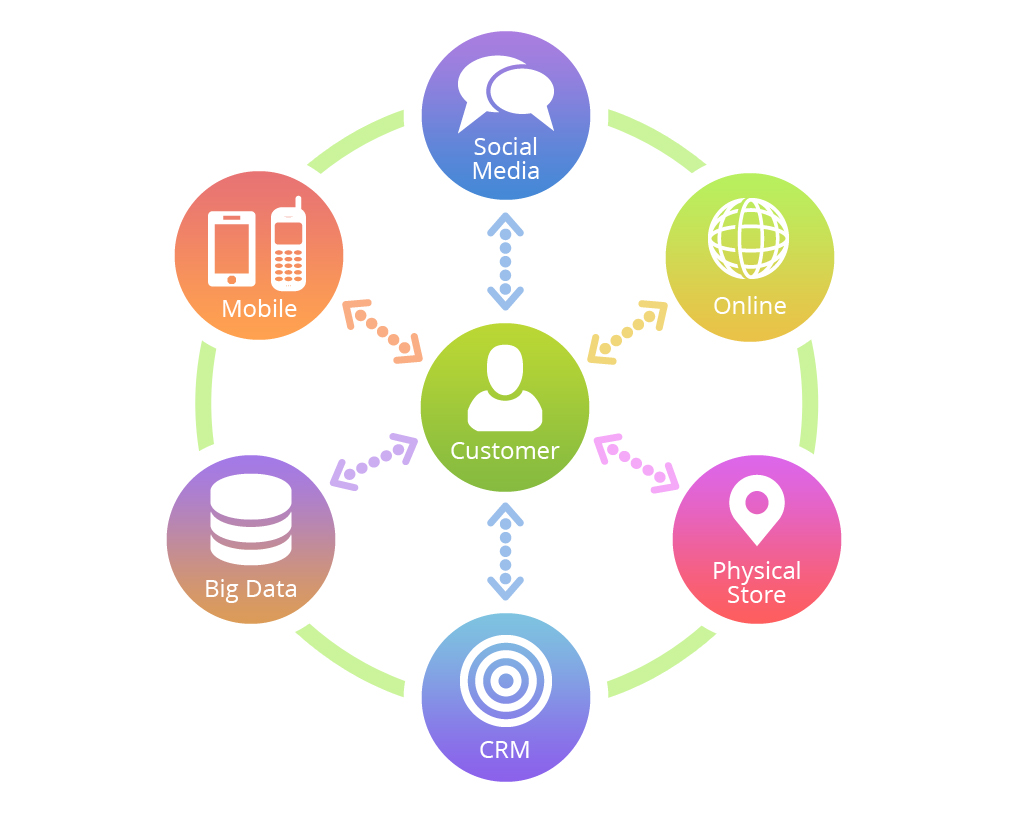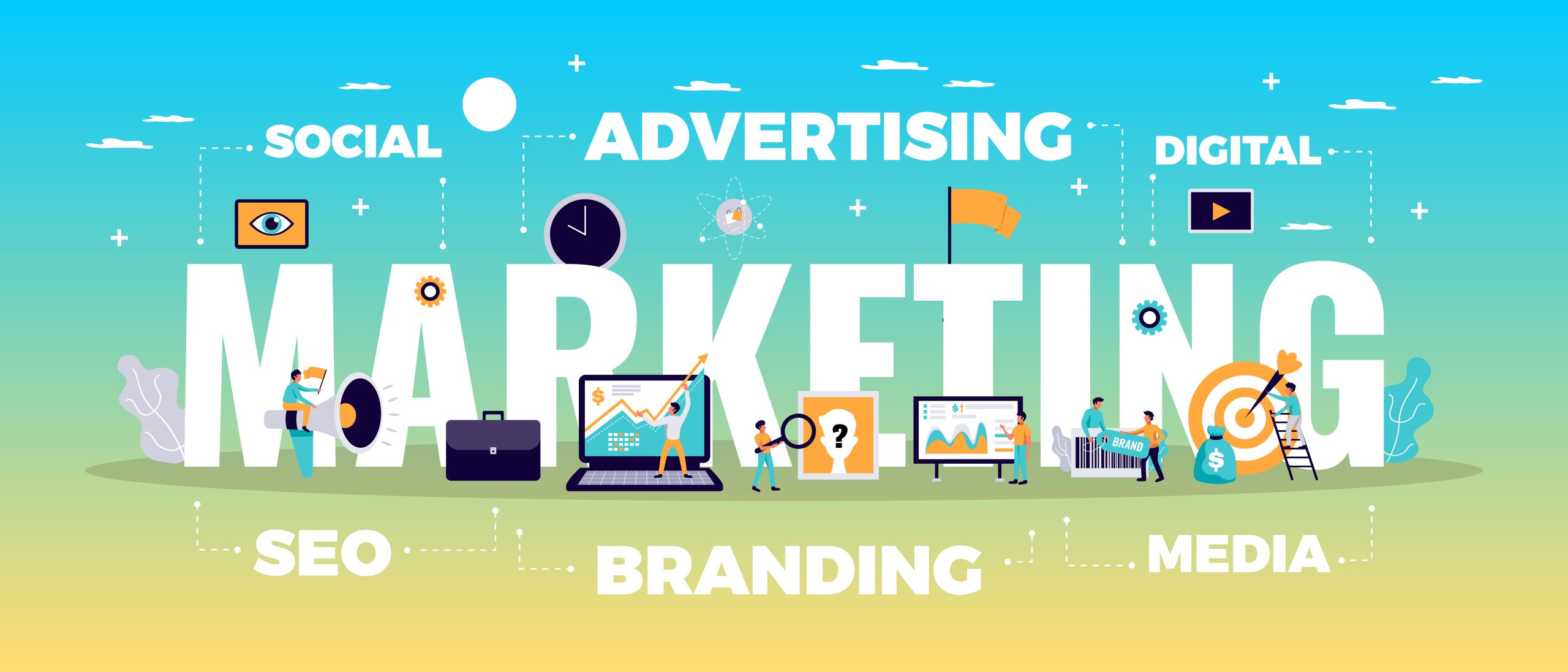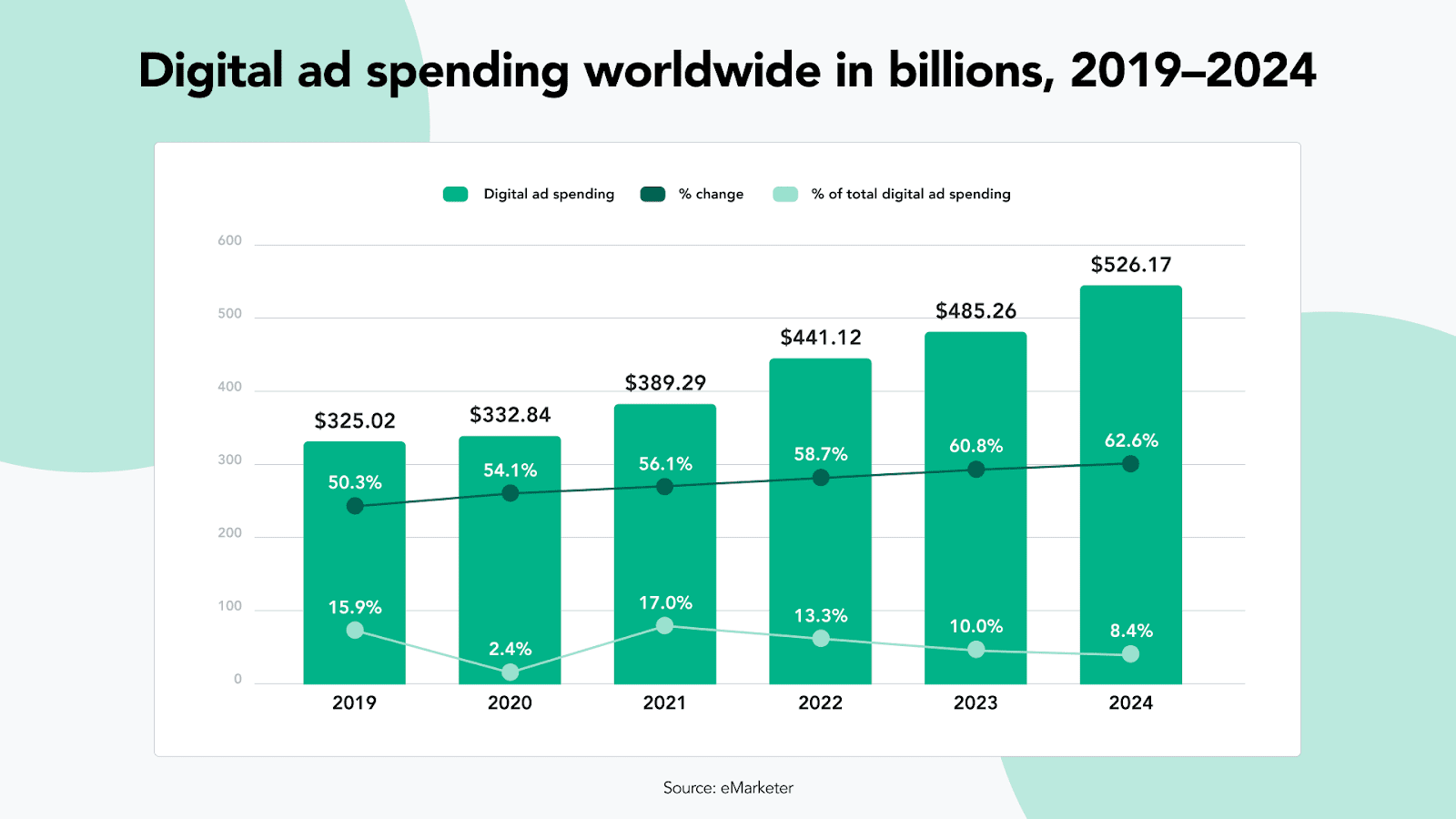
Experience the future of shopping with omni-channel marketing. In today’s fast-paced retail landscape, consumers expect a seamless and personalized shopping experience across multiple channels. Gone are the days when brick-and-mortar stores and online shops operated in isolation. Now, businesses must embrace the power of omni-channel marketing to attract and retain customers.
But what exactly is omni-channel marketing? It’s a strategy that integrates various channels – from online platforms to physical stores – to provide a consistent and cohesive shopping experience. With omni-channel marketing, customers can transition seamlessly from browsing products online to making purchases in-store, or vice versa. This convergence of channels creates a synergy that enhances customer experience and drives sales.
In this article, we will delve into the art of mastering seamless shopping through omni-channel marketing. We will explore the benefits it brings to both customers and businesses, and provide practical tips on implementing an effective omni-channel strategy. From personalized recommendations to flexible fulfillment options, discover how omni-channel marketing can revolutionize the way you shop and skyrocket your business’s success. Join us on this journey, and get ready to unlock the power of omni-channel marketing.
The rise of omni-channel marketing
Omni-channel marketing has emerged as a response to the changing shopping habits of consumers. In the past, customers typically relied on a single channel, such as visiting a physical store or browsing an online website, to make their purchases. However, with the advent of technology and the rise of e-commerce, the retail landscape has evolved dramatically. Customers now expect a seamless and integrated shopping experience across multiple touchpoints.
Omni-channel marketing recognizes this shift and aims to provide customers with a consistent and personalized experience, regardless of the channel they choose to engage with. By integrating various channels, businesses can meet customers where they are and create a seamless journey from discovery to purchase. This approach not only enhances customer experience but also boosts sales and fosters loyalty.
Understanding the customer journey
To effectively implement omni-channel marketing, it is crucial to understand the customer journey. Customers today interact with brands through a multitude of touchpoints, including social media, mobile apps, websites, and physical stores. Each interaction contributes to the overall customer experience and influences their purchasing decisions.
The customer journey typically consists of several stages, including awareness, consideration, purchase, and post-purchase. At each stage, customers engage with different channels and expect a consistent experience. For example, a customer might discover a product through a social media ad, conduct further research on the brand’s website, and eventually make a purchase in-store. To deliver a seamless shopping experience, businesses need to map out the customer journey and ensure a cohesive experience across all touchpoints.
Benefits of omni-channel marketing
Omni-channel marketing offers numerous benefits for both customers and businesses. For customers, it provides convenience and flexibility, allowing them to shop whenever and wherever they choose. With an omni-channel strategy, customers can start browsing products on their mobile devices, continue their shopping on a desktop computer, and complete the purchase in-store. This flexibility caters to the evolving needs and preferences of customers, ultimately enhancing their satisfaction and loyalty.
For businesses, omni-channel marketing presents a multitude of opportunities. By integrating various channels, businesses can reach a wider audience and increase brand visibility. Moreover, omni-channel marketing enables businesses to collect valuable customer data and insights, which can be used to personalize the shopping experience and deliver targeted marketing campaigns. This personalized approach not only drives sales but also fosters long-term customer relationships.
Case studies: Successful omni-channel marketing campaigns
To illustrate the power of omni-channel marketing, let’s take a look at some successful campaigns that have leveraged this strategy to drive results.
1. Nike: Nike is a prime example of a brand that has mastered omni-channel marketing. Through their mobile app, website, and physical stores, Nike provides a seamless experience for customers. They offer personalized product recommendations based on customers’ preferences and purchase history, making the shopping experience highly tailored. Nike’s omni-channel approach has resulted in increased sales and brand loyalty.
2. Starbucks: Starbucks has seamlessly integrated their mobile app, website, and physical stores to create a cohesive customer experience. Customers can place orders through the app, earn rewards, and pick up their drinks in-store. This omni-channel strategy has not only improved customer convenience but also increased customer engagement and loyalty.
Key elements of an effective omni-channel strategy
Implementing an effective omni-channel strategy requires careful planning and execution. Here are some key elements to consider:
1. Integrated Technology: Ensure that your various channels are seamlessly connected through integrated technology. This allows for a unified view of customer data and enables personalized experiences across all touchpoints.
2. Consistent Branding: Maintain consistent branding and messaging across all channels. This helps to reinforce your brand identity and creates a cohesive experience for customers, regardless of the channel they engage with.
3. Personalization: Leverage customer data to personalize the shopping experience. From personalized product recommendations to targeted marketing campaigns, personalization enhances customer engagement and drives sales.
4. Seamless Fulfillment: Offer flexible fulfillment options, such as buy online, pick up in-store, to provide customers with convenience and choice. This also helps to bridge the gap between online and offline shopping experiences.
Implementing omni-channel marketing: Tips and best practices
Implementing an omni-channel marketing strategy can be a complex task. Here are some tips and best practices to guide you:
1. Understand Your Customers: Gain a deep understanding of your target audience and their shopping behavior. This will help you tailor your omni-channel strategy to meet their needs and preferences.
2. Start Small: Begin by integrating a few key channels and gradually expand your omni-channel presence. This allows for a smoother transition and reduces the risk of overwhelming your resources.
3. Test and Iterate: Continuously test and iterate your omni-channel strategy. Use data and analytics to measure the effectiveness of your campaigns and make data-driven decisions.
4. Provide Training and Support: Ensure that your employees are equipped with the necessary knowledge and skills to deliver a seamless omni-channel experience. This includes training them on how to use integrated technology and handle customer inquiries across different channels.
Tools and technologies for omni-channel marketing
Numerous tools and technologies are available to support your omni-channel marketing efforts. Here are some examples:
1. Customer Relationship Management (CRM) Software: CRM software enables businesses to track customer interactions and manage customer data. It helps to provide a unified view of customers across channels and facilitates personalized marketing campaigns.
2. Marketing Automation Platforms: Marketing automation platforms allow businesses to automate marketing tasks and workflows. This includes sending personalized emails, managing social media campaigns, and tracking customer engagement.
3. Point-of-Sale (POS) Systems: POS systems are essential for businesses with physical stores. They enable seamless integration between online and offline sales, allowing for a unified inventory and customer experience.
4. Analytics Tools: Analytics tools provide valuable insights into customer behavior and campaign performance. By analyzing data from various channels, businesses can optimize their omni-channel strategy and improve ROI.
Measuring the success of your omni-channel marketing efforts
Measuring the success of your omni-channel marketing efforts is essential to ensure that you are on the right track. Here are some key metrics to consider:
1. Customer Lifetime Value (CLV): CLV measures the total value a customer brings to your business over their lifetime. By analyzing CLV, you can assess the effectiveness of your omni-channel strategy in driving customer loyalty and repeat purchases.
2. Conversion Rate: Conversion rate measures the percentage of customers who complete a desired action, such as making a purchase. By tracking conversion rates across different channels, you can identify which channels are most effective in driving conversions.
3. Customer Satisfaction: Customer satisfaction surveys and feedback provide valuable insights into how customers perceive your omni-channel experience. Regularly collect and analyze customer feedback to identify areas for improvement.
4. Return on Investment (ROI): Calculate the ROI of your omni-channel marketing campaigns to assess their profitability. This involves comparing the cost of your campaigns to the revenue generated.
Challenges and obstacles in omni-channel marketing
While omni-channel marketing offers numerous benefits, it also comes with its fair share of challenges. Some common challenges include:
1. Data Integration: Integrating data from various channels can be complex and time-consuming. Businesses need to invest in robust data management systems to ensure that customer data is accurate and up to date.
2. Channel Consistency: Maintaining consistency across multiple channels can be challenging, especially when it comes to branding and messaging. Businesses need to implement strict guidelines and processes to ensure a cohesive experience.
3. Resource Allocation: Implementing an omni-channel strategy requires significant resources, including technology, personnel, and training. Businesses need to carefully allocate resources to ensure a smooth and successful implementation.
4. Changing Customer Behavior: Customer behavior is constantly evolving, and businesses need to stay agile to keep up with these changes. This requires continuous monitoring of customer trends and preferences.
Conclusion: The future of seamless shopping with omni-channel marketing
Omni-channel marketing has revolutionized the way businesses engage with customers and deliver a seamless shopping experience. By integrating various channels, businesses can meet customers where they are and create a cohesive journey from discovery to purchase. With personalized recommendations, flexible fulfillment options, and a consistent brand experience, businesses can enhance customer satisfaction, drive sales, and foster long-term loyalty. As technology continues to evolve, the future of seamless shopping lies in the power of omni-channel marketing. Embrace this strategy and unlock your business’s full potential in the digital age.




